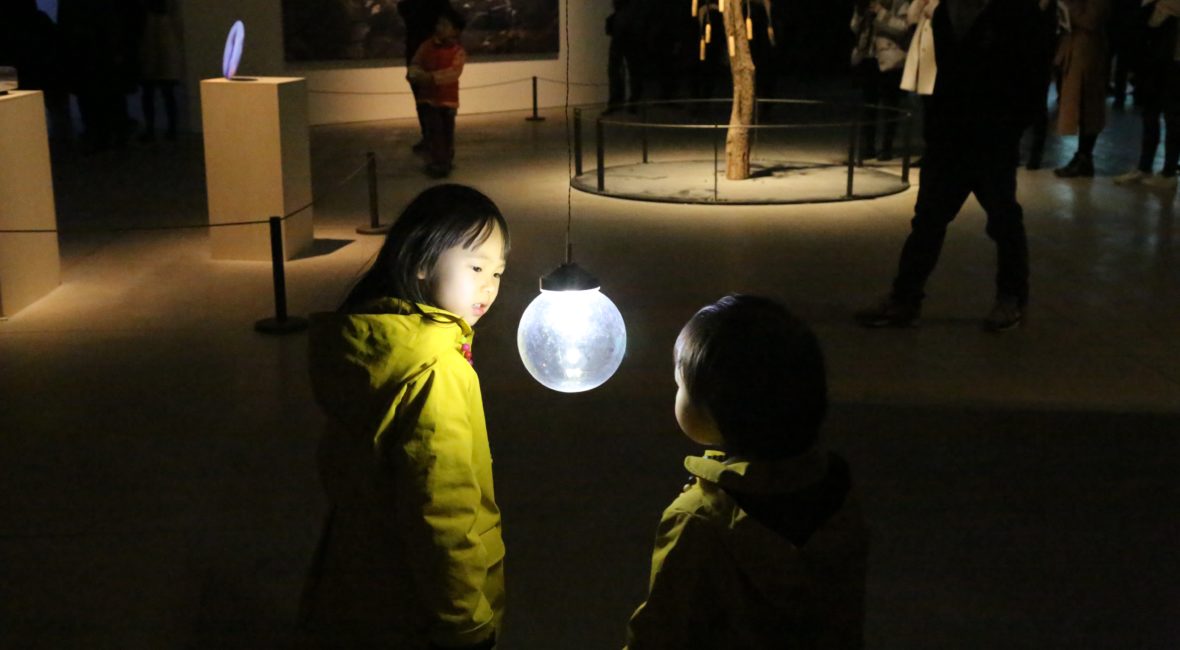Femininity, Ghosts, and Feminine Ghosts in The Woman Warrior

Image Credit: Jingtian Zong
Isabella Baranyk
Read the Faculty Introduction
Since its original publication in 1976, Maxine Hong Kingston’s The Woman Warrior: Memoirs of a Girlhood Among Ghosts has become a seminal work of Chinese American literature but continues to defy categorization, floating between fiction and nonfiction, autobiography and memoir. The book is a collection of short stories told through the voice of a Chinese American speaker. The stories are a combination of the memories, speculations, histories, and fables that have been transmitted to the speaker via her mother’s “talking story.” This oral storytelling tradition serves a multitude of functions, but of significance here is its powerful ability to shape the speaker’s understanding of China and what it means to be Chinese. The role of talking story as a cultural device provides a partial map for each chapter, where the speaker grapples with defining her various cultural identities: what it means to be Chinese, to be American, and to be a woman. These identities overlap and separate at different moments throughout the book, and their ability to be understood by the audience develops with the speaker’s own exploration. One frequent motif in each talking story is the ghost, a title by which the mother describes a variety of characters, both dead and alive. By following the roles of women both as ghosts and as the humans who interact with them, this paper will reveal how the narrator herself is shaped by the forces indicated by the ghost’s uneasy presence in her family’s narrative.
Years after her husband has moved to the United States, the speaker’s mother, Brave Orchid, uses her savings to move to a new province and attend a women’s medical college. She has already experienced life as a wife, mother, and daughter-in-law, and the school represents a new opportunity for freedom from familial responsibility: the “daydream of career life;” the “daydream of women” (62). From the speaker’s perspective, Brave Orchid spends most of her time in quiet competition with the other students, eager to prove herself as a “brilliant, natural scholar,” willing to help other students if only to gracefully acknowledge her own superiority (63). When fear of a ghost-haunted room strikes the dormitory, Brave Orchid agrees to spend the night in the room, both to solidify her reputation as a courageous leader amongst the young women and to make certain that no ghost inhabits the space.
Her confidence remains unshaken when a “sitting ghost” of warmth and weight does indeed emerge, pinning her against its oily fur (69). The language of Brave Orchid’s survival is rooted in her femininity: her breath is shallow but persistent, “as in childbirth,” and she is sure that the ghost has “no power against a strong woman” (70). She defeats the sitting ghost with insults and stubbornness, determined to prove to the other students that she is fearless enough make it through the night. The source of Brave Orchid’s triumph is tangled within her femininity: both the strength found within it, and her commitment to overcome it by differentiating herself from her female peers.
In another chapter, the speaker’s aunt, pregnant out of wedlock, is a repeated point of focus in Brave Orchid’s talking story. On the night of the illegitimate child’s birth, the villagers invade the family home, destroying their property and shouting to denounce her betrayal of the group: “The old woman from the next field swept a broom through the air and loosed the spirits-of-the-broom over our heads. ‘Pig.’ ‘Ghost.’ ‘Pig,’ they sobbed and scolded while they ruined our house” (3). Contrary to the role of the sitting ghost as an obstacle to be overcome with feminine strength, the use of the term “ghost” here is the first communication of a shame that can only come from being a woman. From the violence of the villagers and the condemnation of the aunt by Brave Orchid, it becomes clear to the speaker that, by getting pregnant, the aunt has done something unforgivable. The label of “ghost” then becomes an insult, repeated again when the villagers later exclaim “‘Aiaa, we’re going to die. Death is coming. Death is coming. Look what you’ve done. You’ve killed us. Ghost! Dead ghost! You’ve never been born’” (12). The aunt becomes a ghost when the community discovers her misdemeanor. Because of its moral implications, her supposed loss of purity, a phenomenon only possible here for women (whose crimes can show in their bellies), is perceived to hold some power over the village: “Death is coming” because her actions have brought bad luck to the community. The speaker understands that whatever control the aunt holds in this situation is neither empowering nor freeing; the moment she gains influence over the village, she is condemned to ghost-hood.
By proclaiming her as a ghost, the villagers claim the aunt’s future in two ways. Firstly, by calling her a ghost, by shaming her, the villagers drive the aunt to commit suicide. Secondly, by calling her a ghost the villagers effectively mandate that her existence be forgotten. The mother’s later instruction never to speak of the aunt echoes the manner in which the villagers sentence her to effectively disappear. Her story will never be anything more than a cautionary tale, and her ancestors will not acknowledge her lineage, meaning her spirit will never be venerated. In the aftermath of her death, the villagers succeed in their proclamations: the aunt materializes as a ghost that haunts the village. While this result was in some sense anticipated by the narrative, the effect of this story on the speaker resists the villagers’ intention. Indeed, the speaker works precisely to remember her aunt, in part, because she has been actively forgotten by her family members.
For the speaker, this story oft-repeated by Brave Orchid contributes to her idea that “women in old China did not choose” (4). In order not to be erased from a family or society’s memory and be socialized as a spirit after her death, the Chinese woman could not do anything to endanger her perception in the eyes of the village. If she acts in her own self-interest – the speaker obsesses over possible personal motivations of love and lust for the aunt to have wound up pregnant – she will disappear.
The role of the Chinese woman ghost further evolves in a later recounting of another story, this time not necessarily told by the speaker’s mother. The speaker recalls her knowledge of “big eaters” in Chinese history as having a special power: “Another big eater was Chou Yi-han of Changchow, who fried a ghost. It was a meaty stick when he cut it up and cooked it. But before that it had been a woman out at night” (86). Hong Kingston’s use of fleshy, corporeal language here in the frying, cutting, and cooking of the “meaty stick” brings a pulpy physicality to the existence of the ghost, which was likely understood formerly in many minds as an invisible, untouchable being. The unusual and even violent diction in this scene forces the reader to adopt a new understanding of the woman ghost as a physical being that can be mutilated, not unlike the sitting ghost.
As this revelation is made, the speaker discloses that the ghost had been a very real woman, and one who is powerless alone and vulnerable to the force of Chou Yi-han. The “big eater” is lauded for conquering and consuming the ghost, whose actual existence as a woman’s body is disclosed essentially as a chilling afterthought – a seemingly deliberate move by the speaker as a nod at her own perception of the Chinese woman in folklore and, by extension, culture. Here, the woman is made a ghost under the violence and muscle of man; she is conquered silently, her story never told. In the speaker’s imagining of the ghost aunt’s story, too, she is subject to her rapist’s “demand,” impregnated because she “obeyed him,” and led to live in shame until “he organized the raid against her” (4). In the cases of both the aunt and the victim of Chou Yi-han, the women ultimately become ghosts as a result of their domination by men.
The notion of femininity as it relates to the lived experience of the speaker is shaped by the relationship of women and ghosts in each story. The uncovering of the speaker’s understanding of femininity through its nuanced relationship with ghost-hood in each story mimics both the processes by which she receives each piece of information through talking story, as well as the reader’s discovering and collaging of elements from each encounter. Talking story occurs organically over decades, and as a result has left the speaker with inconsistencies and uncertainties in regard to their lessons.
Works Cited
Kingston, Maxine Hong. The Woman Warrior: Memoirs of a Girlhood among Ghosts. Kindle e-book. Knopf, 1976.



Recent Comments